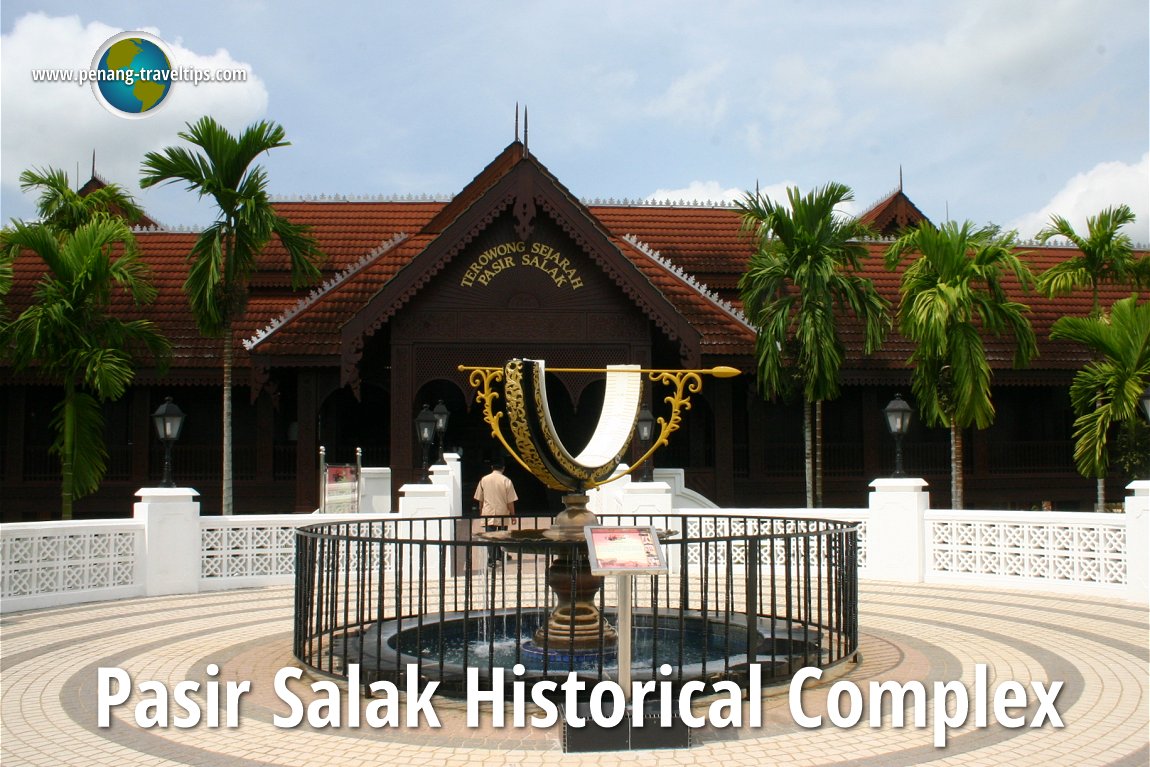 Pasir Salak Time Tunnel (21 September, 2004)
Pasir Salak Time Tunnel (21 September, 2004)
The Pasir Salak Historical Complex (GPS: 4.17335, 100.94685) is the site where JWW Birch, the first British Resident of Perak, was killed. The site is in Pasir Salak, 70 km from Ipoh City in southern Perak. Pasir Salak is in the heartland of Perak Malay culture.
360° View of Pasir Salak Historical Complex on Google Maps Street View
Pasir Salak Historical ComplexBirch was murdered because he was said to have been disrespectful of the Malay rulers, and have enacted laws that were loopsided and smacked of double standards. One of those who plotted to liquidate him was Dato Maharajalela who was extremely displeased with Birch for abolishing slavery in Perak, when at the same time Birch kept slaves within his own household. Dato Maharajalela derived much of his income from raiding Orang Asli villages for slaves, and the abolishing of slavery dealt him a severe blow.
The events leading to the placement of a British resident in Perak was the Pangkor Treaty of 1874, which was the result of the Larut Wars between the Hai San and Ghee Hin secret societies, which were themselves aligned to different factions of the Perak nobility.
The rebellion of 1875 in Pasir Salak sowed the seeds of nationalism, which manifested itself in the form of opposition to colonialism, to the formation of Malayan Union, and ignited the flame of independence.
Today, Pasir Salak is made a historical complex. The brainchild of Perak Menteri Besar Dato' Seri Ramli Ngah Talib, the Pasir Salak Historical Complex was officially open by Raja Nazrin Shah ibni Sultan Azlan Shah on 26 May 1990. The purpose of the historical complex is to remind the younger generation of the events in Pasir Salak and the fight against colonialism in Perak, and also to remember the struggle and the sacrifice of the warriors to uphold the dignity of the race and country.
The Pasir Salak historical complex affords a panoramic view of the Perak River. There are two monuments, one erected by the British for Birch, near the site of the assasination. Another was for those convicted of the crime, Dato' Maharajalela and his followers Dato' Sagor, Pandak Indut, Kulup Ali, Ngah Jabor and Panjang Bur. There is a time tunnel complex where visitors are taken through a diorama showcasing Malay civilization from the very beginning, traced to Kuala Selinsing, Perak, which existed between 200BC and 1000AD. In addition, Pasir Salak also showcases traditional Malay houses.
The murder trial was held at Kota Ngah Ibrahim in Matang. I visited that place on a separate trip. Read also the Taiping to learn how the clan warfare between the Hai San and Ghee Hin secret societies led to British intervention in Perak, and resulted in the installation of a British Resident there.
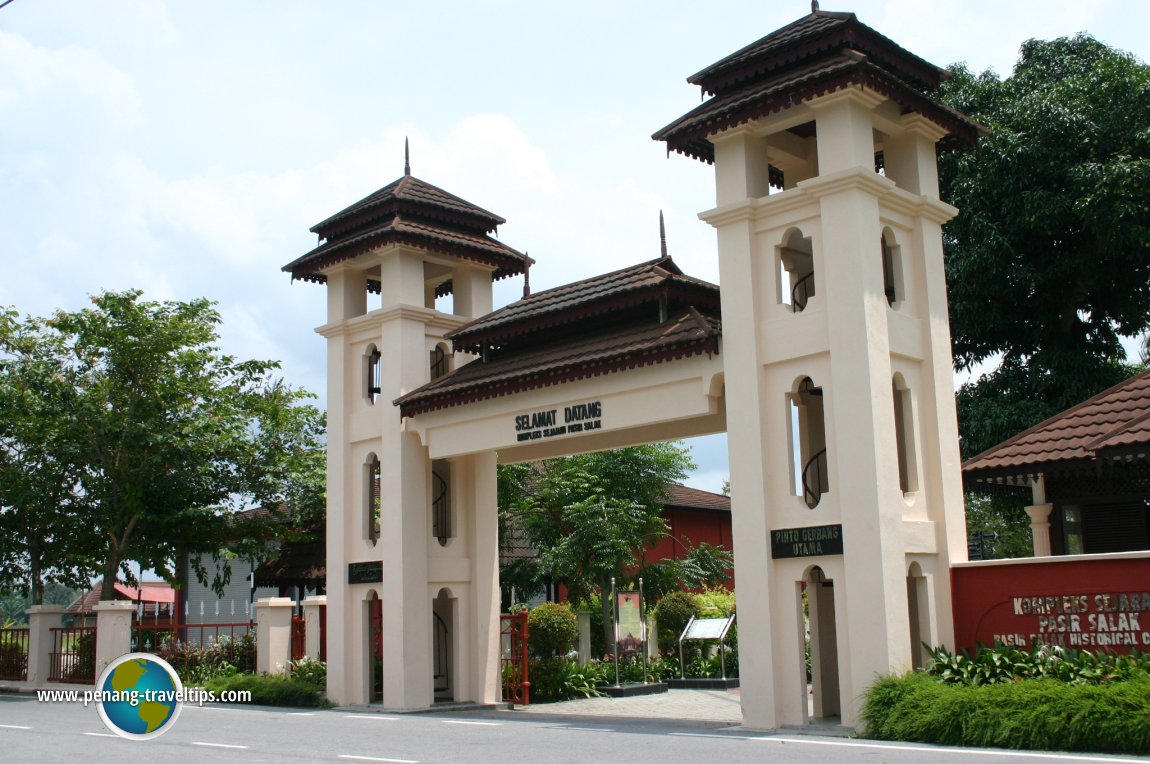 Pasir Salak Historical Complex (21 September, 2004)
Pasir Salak Historical Complex (21 September, 2004)
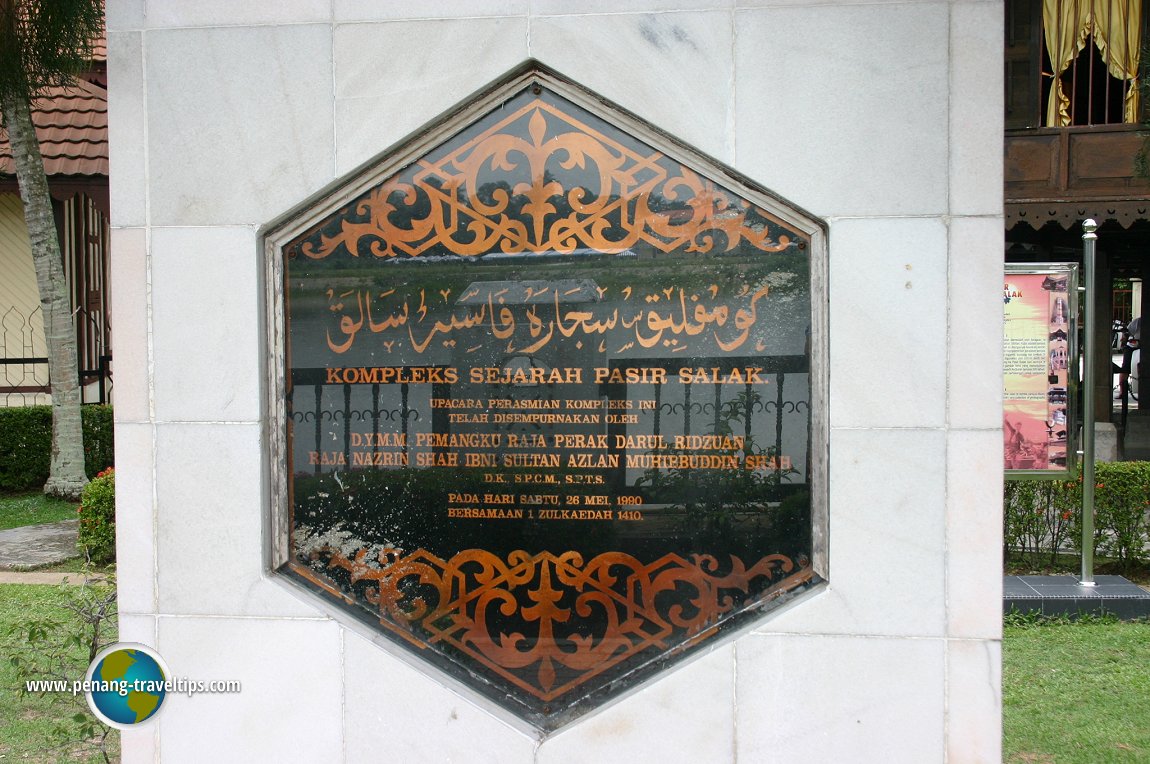 Kompleks Sejarah Pasir Salak plaque (21 September, 2004)
Kompleks Sejarah Pasir Salak plaque (21 September, 2004)
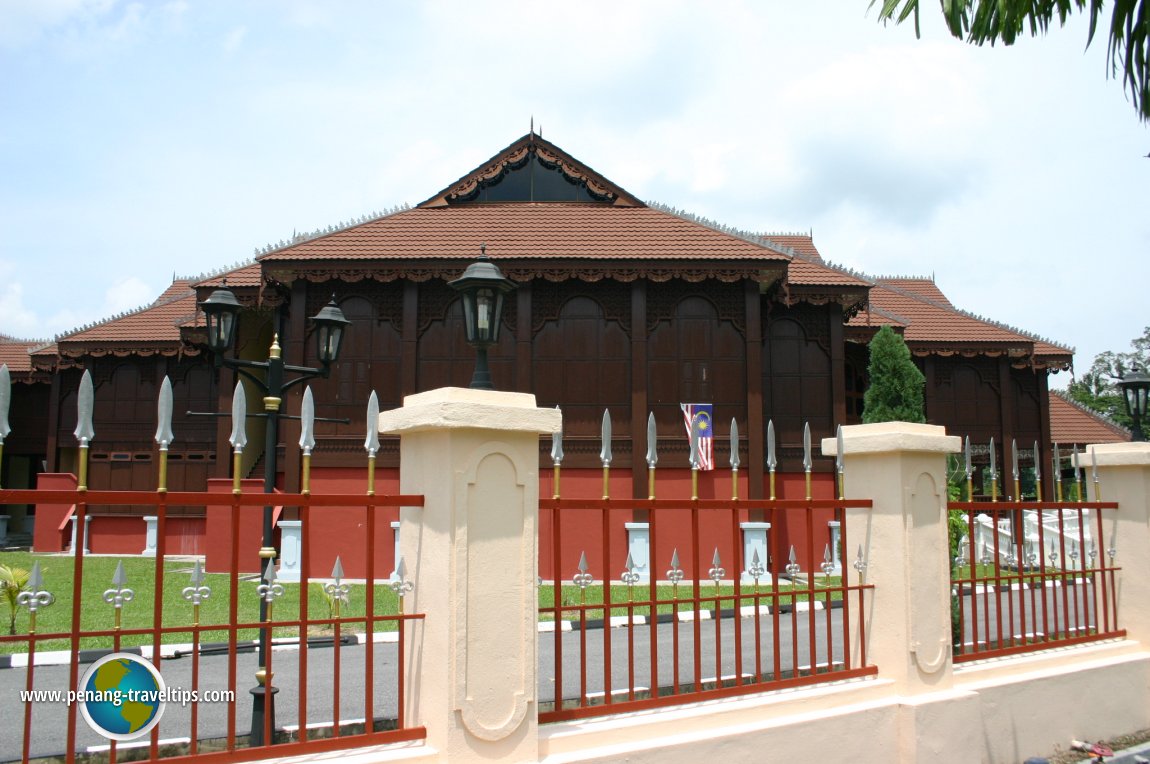 Pasir Salak History Gallery (21 September, 2004)
Pasir Salak History Gallery (21 September, 2004)
Exhibits at Pasir Salak Historical Complex
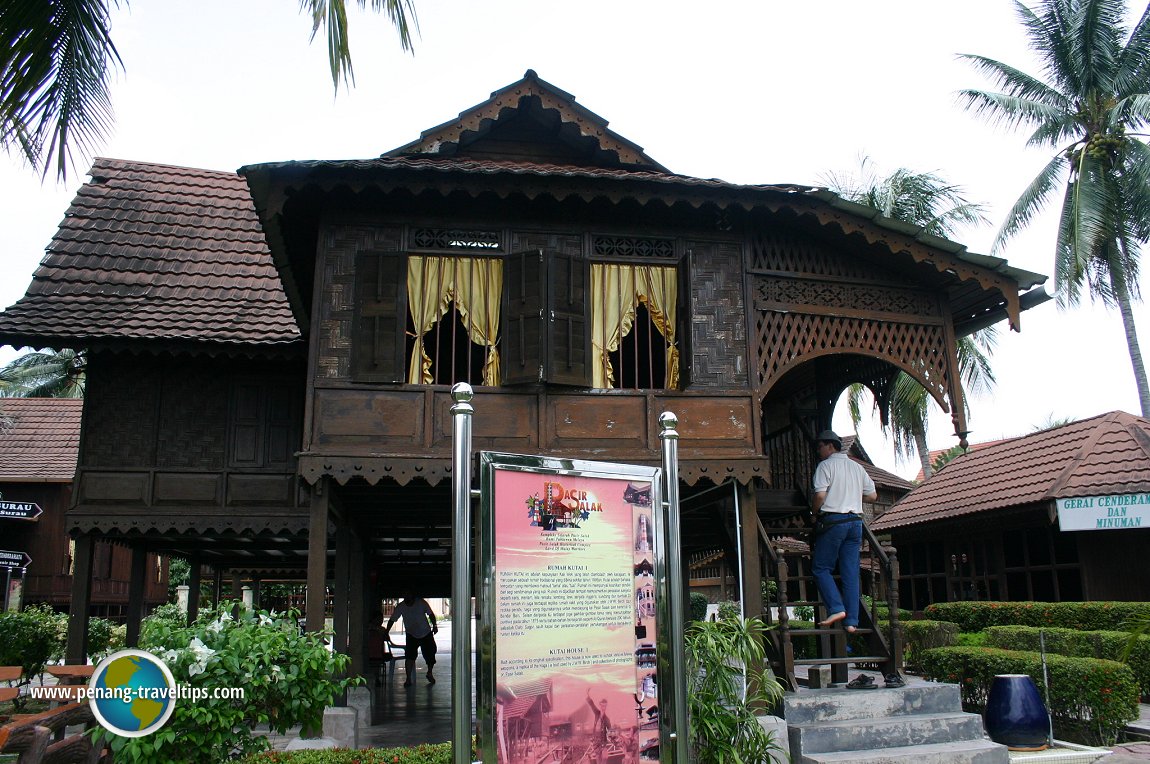 Rumah Kutai I (21 September, 2004)
Rumah Kutai I (21 September, 2004)
Rumah Kutai 1 is one of the traditional Malay houses at the Pasir Salak Historical Complex. This one, originally built in the 1880s by someone named Kak Wok, was appropriated by the government and rebuilt in its original design. The word kutai is a local Malay term to mean old. The house has unique characteristics in its architecture. Today Rumah Kutai I is used to exhibit traditional Malay weapons. A replica of the raft used by JWW Birch when he was taking his bath on the Perak River is also exhibited here. Also exhibited inside this house are old photographs and a Koran said to be over two hundred years old, the geneology of Dato Sagor and traditional tools.
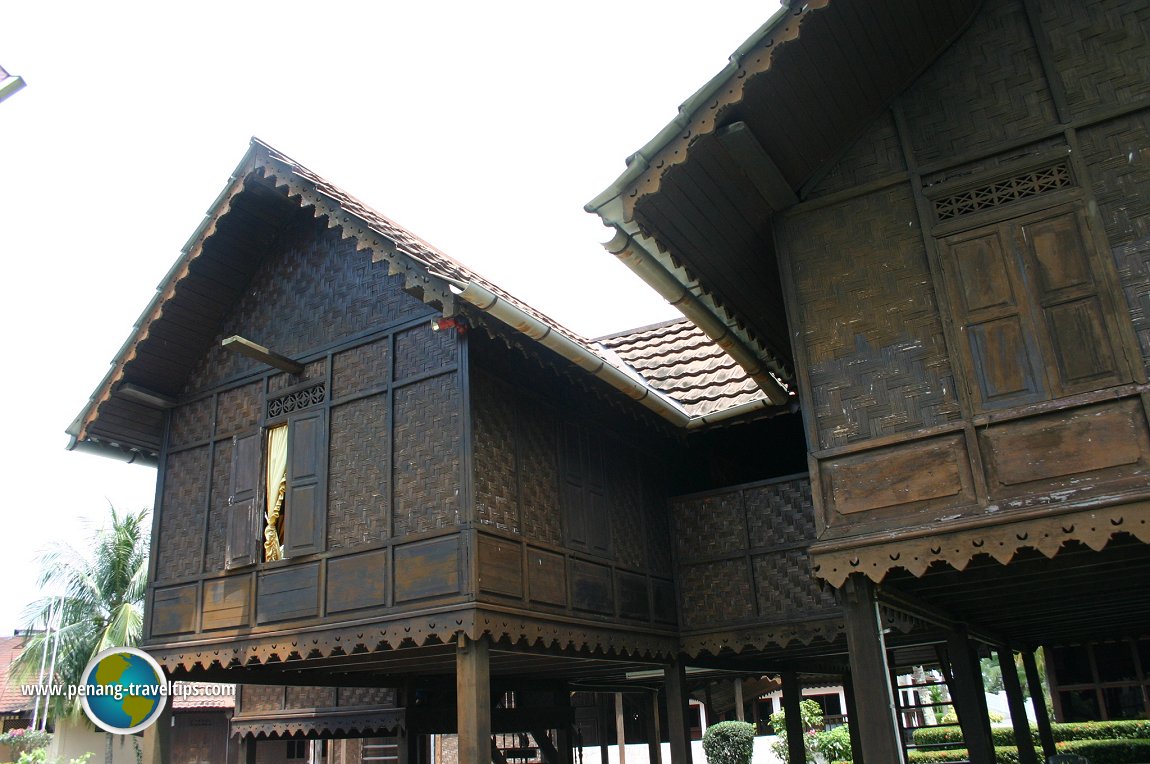 Rumah Kutai 2 (21 September, 2004)
Rumah Kutai 2 (21 September, 2004)
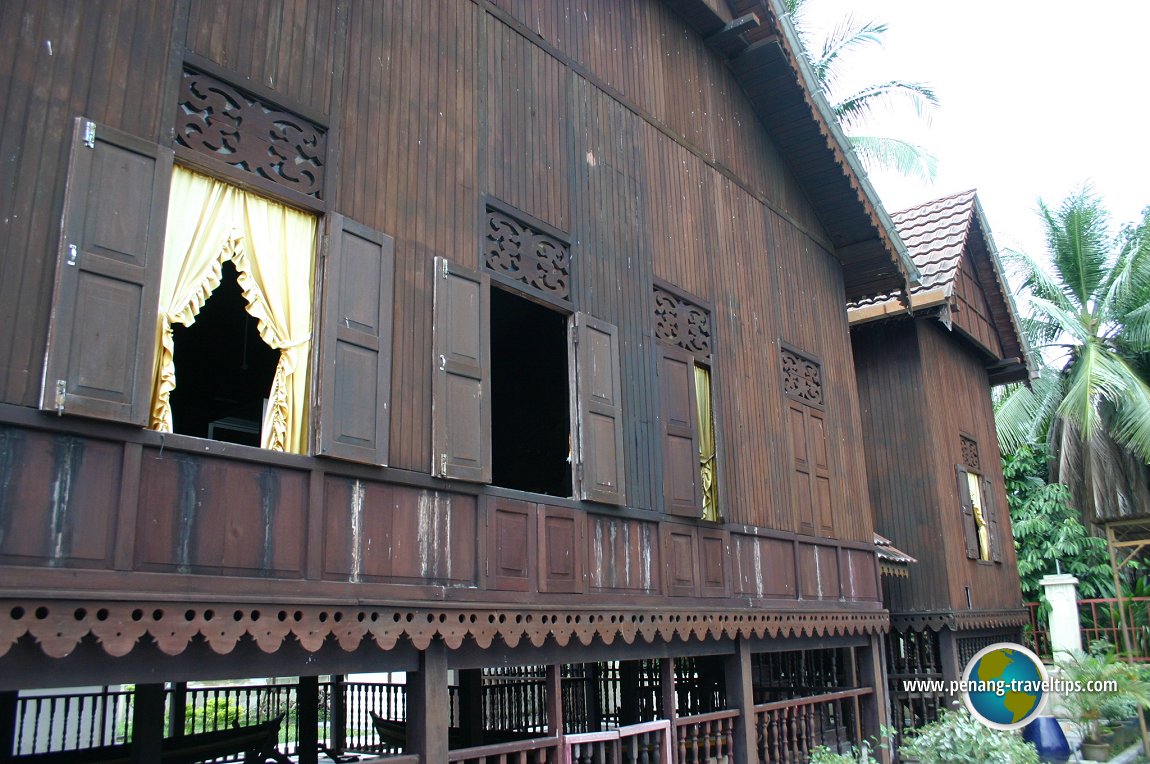 Rumah Kutai 2 (21 September, 2004)
Rumah Kutai 2 (21 September, 2004)
Rumah Kutai 2 is another traditional Malay house. It was built in 1989 to showcase Malay custom and culture. Exhibited within this house are household items such as kitchenware, wedding costumes and the Malay bridal chamber.
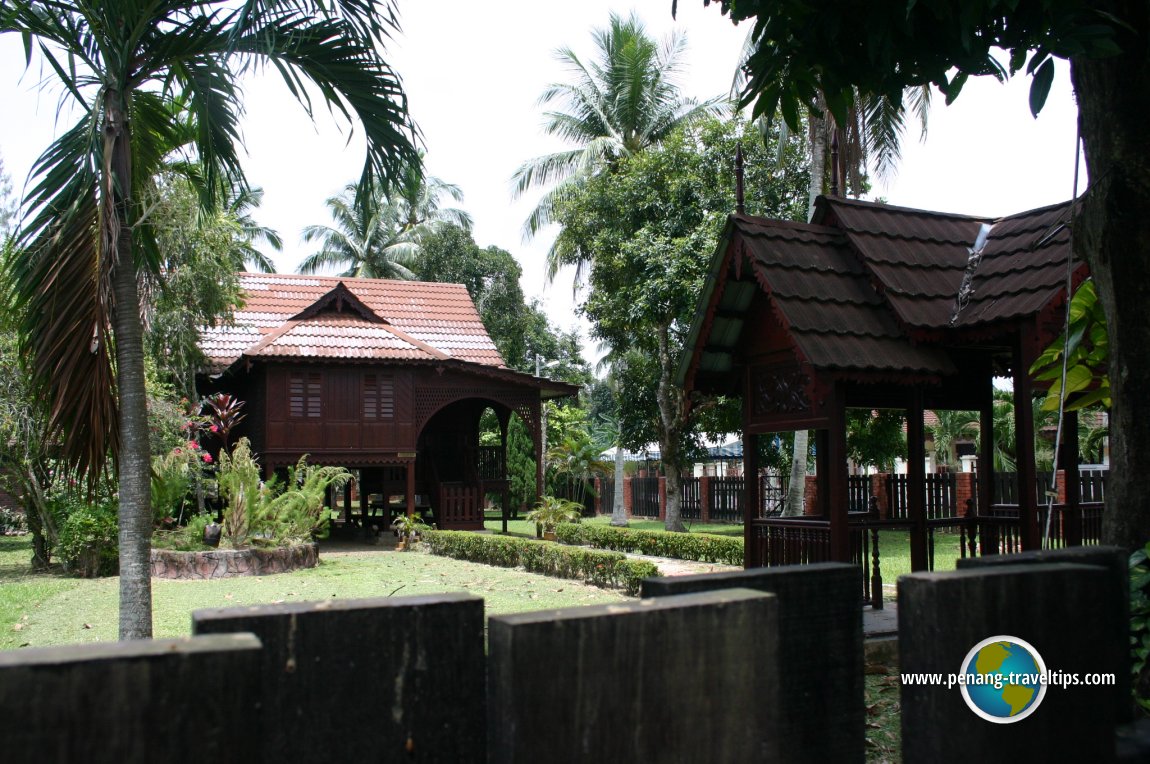 Various traditional Malay houses exhibited at Pasir Salak (21 September, 2004)
Various traditional Malay houses exhibited at Pasir Salak (21 September, 2004)
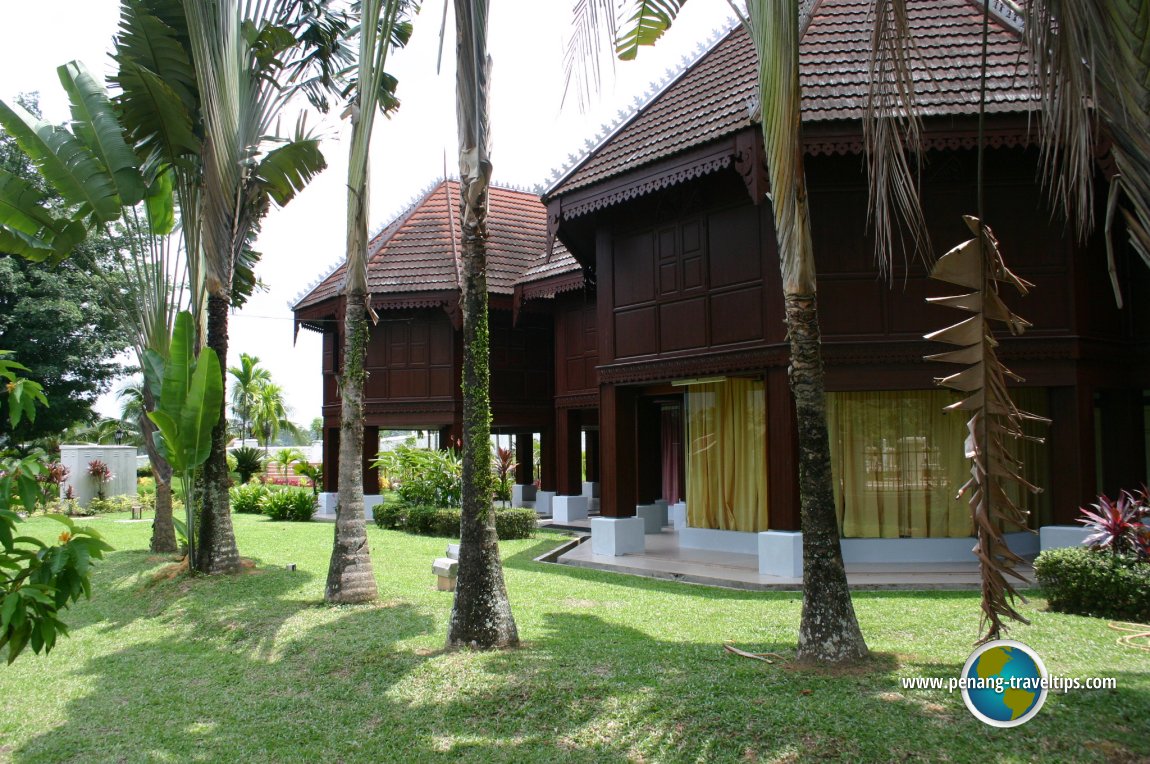 Well-tended lawn of the Pasir Salak Historical Complex (21 September, 2004)
Well-tended lawn of the Pasir Salak Historical Complex (21 September, 2004)
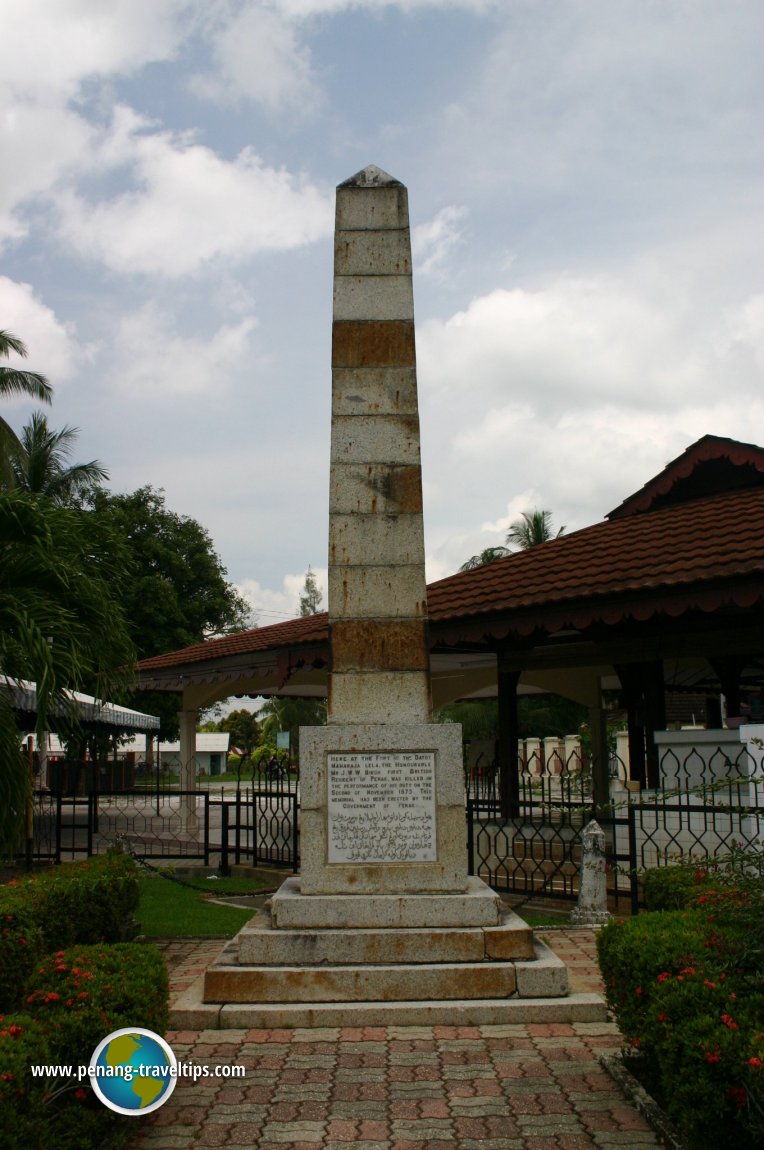 JWW Birth Memorial, Pasir Salak (21 September, 2004)
JWW Birth Memorial, Pasir Salak (21 September, 2004)
The JWW Birth Memorial at Pasir Salak was erected by the British to memorialise the first British Resident of Perak at the site of his assassination.
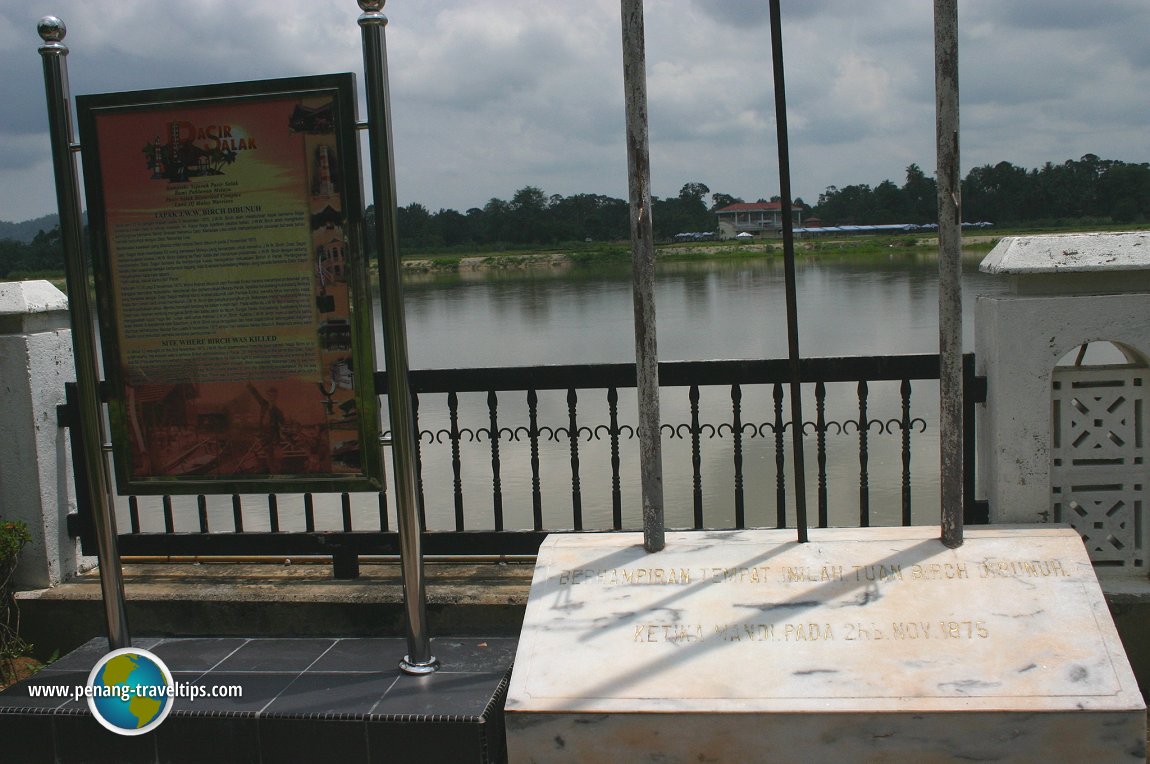 The spot where JWW Birch was murdered (21 September, 2004)
The spot where JWW Birch was murdered (21 September, 2004)
This is, as close as we can get, to the very spot where JWW Birth was assassinated. At just past midnight of 2 November, 1875, British colonial administrator JWW Birch arrived at Pasir Salak. He disembarked from his boat, called the SS Dragon (or Naga in Malay), which is moored on the Perak River. From there he got onto a raft, which brought him to the riverbank. The site is a short distance downstream from the house of Dato' Maharajalela Lela Pandak Lam, a Perak nobleman of Bugis descent.
Birch had come to enforce British administration in Perak. When day breaks, Malay chieftain Dato' Sagor and fifty of his warriors arrived to meet Birch. Dato' Sagor informed Birch that he had no right to post proclamations enforcing British rule in Perak. Birch was adamant in his quest, and a heated argument between them took place.
Birch demanded that Dato Maharajalela come to see him, but Dato Maharaja Lela refused to do so. Birch then instructed his clerk, Mohd Arshad, to post the proclamation. As he was doing so, Mohd Arshad was speared and killed by Pandak Endut, who then proceeded to the bathhouse on the SS Dragon, where Birch was taking a bath, and proceeded to spear him to death.
Going to the Pasir Salak Historical Complex
Despite the many signboards pointing to Pasir Salak, I found it to be terribly far and out of the way. I would not have visited it if I wasn't doing this documentation of places in Perak. I would recommend using your GPS and keying in the GPS coordinates that I have provided.The Pasir Salak Historical Complex is  on the map of Pasir Salak
on the map of Pasir Salak
Related Reading
- Death on the Perak River, extract from Malay Sketches by Frank Swettenham (1895), on the Sabri Zain blog
- James Wheeler Woodford Birch, the First British Resident of Perak on the IpohWorld website
 Latest updates on Penang Travel Tips
Latest updates on Penang Travel Tips

Copyright © 2003-2025 Timothy Tye. All Rights Reserved.

 Go Back
Go Back